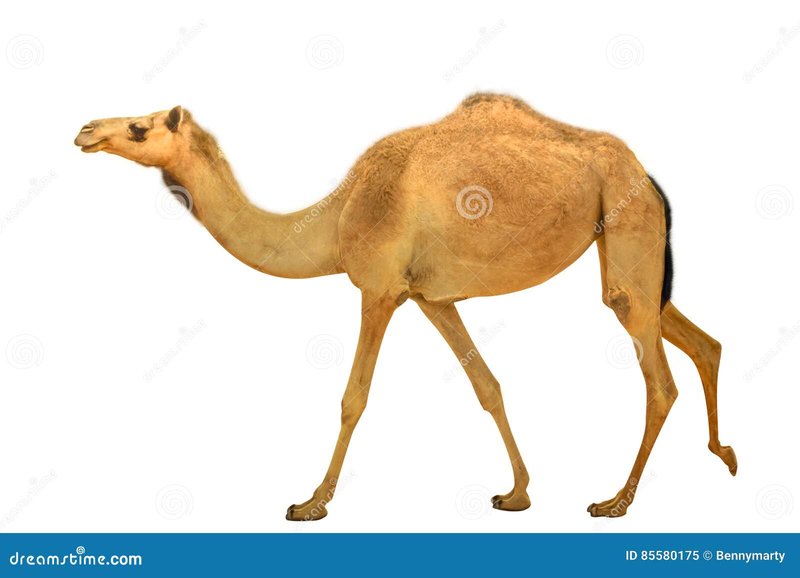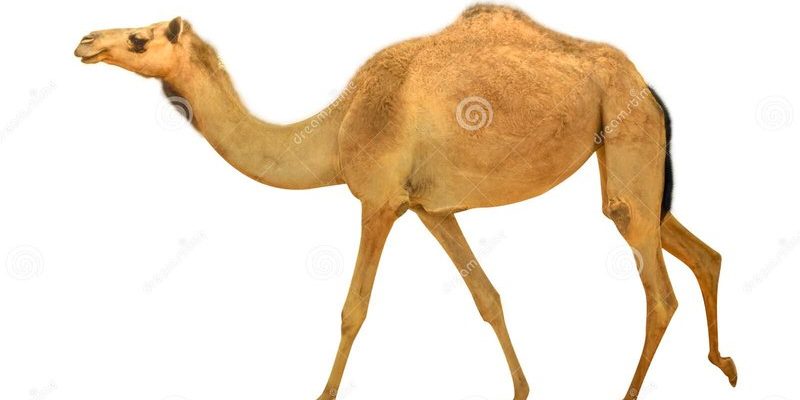
Imagine you’re sitting in a cozy café, sipping your coffee while a friend shares fascinating stories about these extraordinary animals. Picture a dromedary calf taking its first wobbly steps in the sandy expanse of the Sahara. It’s a world where survival is hard, but familial bonds are strong. Let me explain how dromedaries raise their young in the wild, showcasing their parenting skills and the unique environment they inhabit.
Life in the Desert: The Dromedary’s Habitat
Dromedaries are built for life in harsh desert conditions. Their home—a vast landscape of sand dunes, sparse vegetation, and extreme temperatures—shapes how they care for their young. You might wonder, why do these camels thrive where others struggle?
These animals have several adaptations. They conserve water effectively, tolerate high heat, and can go without food for days. When a calf is born, it’s crucial for the mother to protect it from these extremes. That’s why dromedaries often choose secluded spots away from predators and harsh weather to give birth.
Calves are especially vulnerable. They rely on their mothers for warmth and protection in their early days. Imagine a mother shielding her calf from the sun’s harsh rays, offering shade while it learns about its surroundings. This nurturing environment is vital for a young dromedary’s development.
Gestation and Birth: A New Life Begins
The journey of raising a dromedary starts long before the calf takes its first steps. After a gestation period of about 13 months, a mother gives birth to a single calf, although twins are rare. This long pregnancy allows the calf to develop fully, ready to face the challenges of desert life.
When the moment arrives, the birth usually happens during the cooler hours of the day to keep both mother and calf safe from the intense heat. Once born, the calf weighs around 60 pounds—quite hefty for a newborn! It’s impressive how quickly they can stand and walk. Within just a few hours, a calf is usually on its feet, and it’s an adorable sight to see it wobbly yet eager to follow its mother.
The bond between mother and calf is incredibly important. The mother licks her newborn clean, helping to stimulate the calf’s senses while reinforcing their bond. This nurturing act is crucial as it also signals to the calf, “You are safe; stay close.”
Nourishment: The Importance of Mother’s Milk
Just like any other mammal, dromedary calves need their mother’s milk for nourishment. In the wild, this milk is vital for the calf’s growth and development. Calves typically nurse for about six to twelve months, depending on the availability of food and water in their environment.
Dromedary milk is rich in nutrients, packed with everything a young animal needs to grow strong. It’s not just about keeping the calf fed; it’s also about helping the immune system develop. As they nurse, they’re getting important antibodies that will protect them from diseases in the harsh desert environment.
Interestingly, dromedarity mothers tend to be very attentive during this nursing period. They keep a close watch for any signs of danger while allowing their calves to feed. It’s a delicate balance of nurturing and vigilance as they navigate the risks of their habitat.
The Role of Social Structure in Raising Young
Dromedaries are social animals, living in groups called herds. This social structure can play an important role in raising young. Herds typically consist of females and their young, along with one or two males. Within this community, mothers often share responsibilities, watching over each other’s calves, which allows them to be more alert to potential threats.
Here’s the thing: having a group dynamic means the calves also learn important skills from their peers. They watch older animals to understand how to find food, water, and shelter. Group play can be seen as a form of learning, allowing young dromedaries to develop social skills and physical dexterity.
You might be wondering how this affects survival. Well, a calf that is integrated into a herd is better prepared to face the challenges of the wild. They learn to communicate through sounds and body language, becoming more adept at recognizing dangers and navigating their environment.
Challenges in the Wild: Survival of the Fittest
Raising young in the wild isn’t without its difficulties. Dromedary calves face many challenges, from extreme temperatures and scarce resources to predators lurking nearby. In the first few months of life, a calf is particularly vulnerable.
Predators like wolves or large birds of prey pose significant threats. This is where the mother’s protective instincts kick in. She’ll often position herself between her calf and a lurking predator, using her size and strength to ward off threats.
Additionally, food and water scarcity can become critical challenges. If resources are slim, a mother may need to lead her calf across vast distances to find suitable grazing areas. The ability to find food and shelter isn’t just instinctual; it’s critical for the survival of both mother and calf.
Weaning and Independence: Time to Explore
Eventually, the time comes for a dromedary calf to become more independent. Weaning usually happens between six to twelve months, depending on environmental conditions and the calf’s growth. Gradually, the mother starts to reduce nursing and encourages her calf to start eating solid food.
You might think this is a sad moment, but it’s part of nature’s plan. As the calf learns to forage alongside its mother, it’s gaining essential survival skills. Dromedaries are known to eat a variety of plants—from grasses to leaves—even thorny shrubs. This adaptability in diet helps them survive in the unpredictable desert habitat.
As they move toward independence, the mother remains a vital guide. You can often see her leading the way, showing her calf the best spots to graze and drink. It’s a slow transition, but one that paves the way for the calf to thrive on its own.
The Lifelong Bond: Beyond the Calf Stage
Even after weaning, the bond between a dromedary mother and her young remains strong. Many young dromedaries stay with their mothers for several years, learning and exploring together. This continuing relationship helps reinforce social structures and provides a sense of safety for the younger camels.
During this time, they develop their personalities and skills. The calf observes its mother closely, learning how to navigate the complexities of desert life. Moreover, the lessons learned during these years are essential for the young camels as they prepare to raise their own young in the future.
By the time they are mature, they are not just skilled survivors; they are also equipped with the experience to teach the next generation. The mother-dromedary’s role has come full circle, cultivating a new life in the heart of the desert.
In summary, dromedaries are more than just resilient animals; they are caring and protective parents. From birth to independence, every stage of raising young in the wild showcases their incredible instincts and adaptability. The desert may be harsh, but it’s also a community where life continues to thrive, ensuring the survival of these magnificent creatures.

